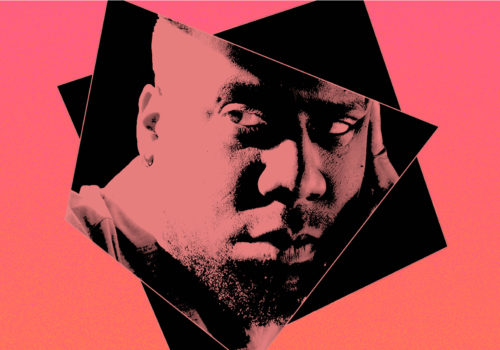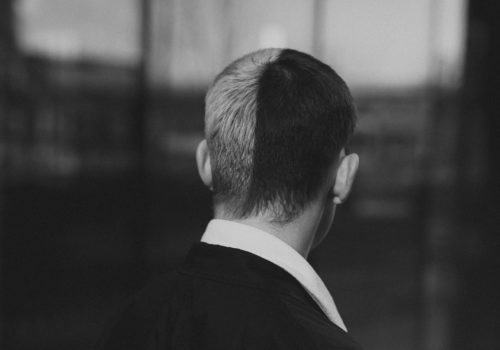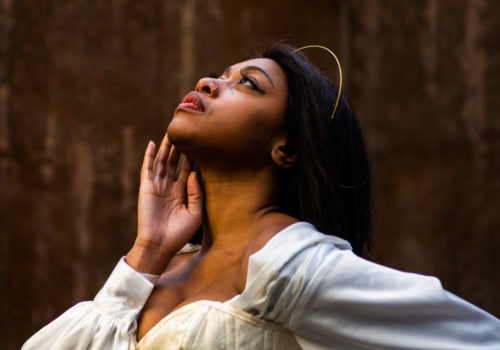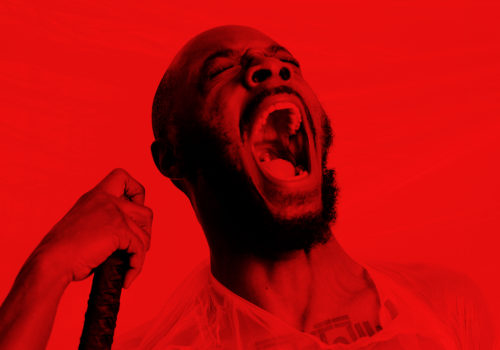An introduction to jazz-influenced hip hop


Words: Dean Van Nguyen

District has a long history of championing the jazzy side of the contemporary music spectrum and as part of the Jameson Black Barrel Smooth Series, Dean Van Nguyen explored the relationship between hip hop and jazz through 10 important tracks. From the MPC-loving producers sampling seminal jazz cuts to the rappers flipping the script and embracing live instrumentation, the selections span the course of thirty years and provide a window into the key developments between the genres.
If nothing else, jazz and hip-hop have one thing in common: they’re America’s two greatest cultural achievements. And since hip-hop’s emergence, the two have frequently intertwined. Emerging in the late 1980s, jazz rap fused the two genres primarily through the art of sampling: trumpets, piano chords and double bass riffs were like ambrosia to a certain strand of stylish beatmaker, who simultaneously paid homage to jazz history while expanding rap’s boundaries.
If nothing else, jazz and hip-hop have one thing in common: they’re America’s two greatest cultural achievements.
As recording techniques became more sophisticated, the jazz rap subgenre began to incorporate live instruments, often from the hands of the very musicians who once recorded the albums that producers loaded into their crates. And the rappers who embraced the form tended to favour dense rhymes and sharp lyricism, helping to make jazz-rap a particularly cherished form for hip-hop traditionalists.
The form was most prominent during the early-to-mid nineties – the latter half of hip-hop’s golden age. But like jazz itself, it has never faded from view. Here are ten seminal tracks released over the last 30 years, a truncated vision of jazz-rap, best experienced in a basement club or, if that’s inaccessible, just pour yourself a shot of bourbon.
A Tribe Called Quest – Jazz (We’ve Got)
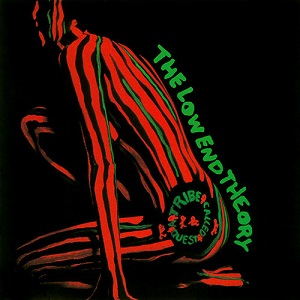
Sometimes the obvious choice is the correct choice. “Jazz (We’ve Got)” just spelled out what had clearly been part of A Tribe Called Quest’s musical ethos. Q-Tip and Ali Shaheed Muhammad have always been omnivorous music fans, pulling dusty jazz cuts from the archives to funnel into Tribe tracks. Here, the bluesy drums and crying saxophones are lifted from Jimmy McGriff’s version of “Green Dolphin Street”, with Tip and Phife Dawg tripping out to stoned orchestration. “Boom it in your boom it in your boom it in your Jeep,” is Tip’s instruction, an easy lesson to follow.
Digable Planets – Rebirth Of Slick (Cool Like Dat)
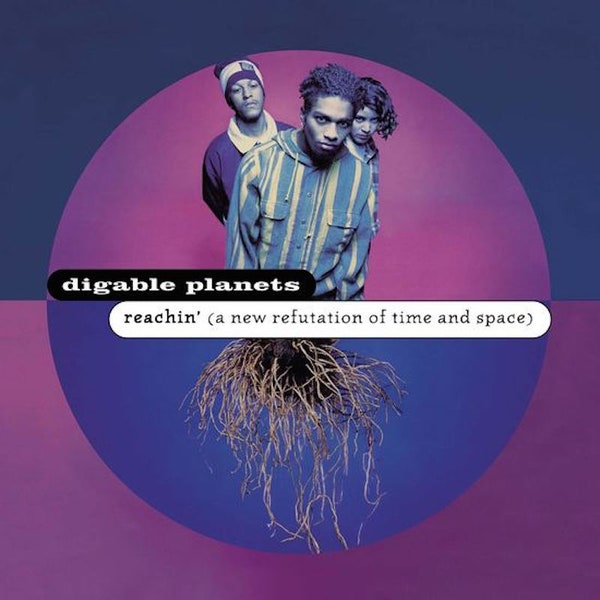
What’s cooler than being cool? Answer: Digable Planets debut album Reachin’ (A New Refutation Of Time And Space), a slick-like-Rick classic that evokes the dapper iconoclasts of classic New York jazz through the lens of three hip-hop flower children who named themselves after insects. “Rebirth Of Slick (Cool Like Dat)” encapsulates the record’s samples-stacked-on-samples ethos. Built predominantly out of “Stretching” by Art Blakey & the Jazz Messengers, the song opens with some smooth double bass plucks and finger snaps. From there, a boom-bap drum loop and horn riff – that horn riff – emerge like a breeze so cool it could make a volcano dormant. The black and white video even sees Ishmael “Butterfly” Butler, Mary Ann “Ladybug Mecca” Vieira, and Craig “Doodlebug” Irving perform the tune in a vintage NYC jazz club, commanding attention like three Beat Generation devotees who have found the city’s main artery.
Guru – Trust Me feat. N’Dea Davenport
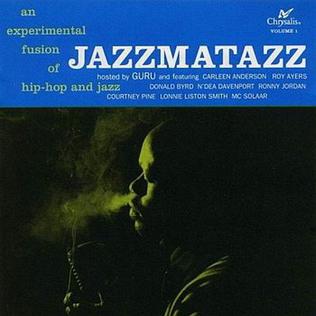
Guru’s first album outside of Gang Starr offered one of the purest visions of jazz rap. Jazzmatazz Volume 1 (An Experimental Fusion of Hip-Hop and Jazz) saw the rapper take the stance that the two genres didn’t need much modification to be experienced together. That’s why he invited the likes of Donald Byrd, Lonnie Liston Smith and Roy Ayers into the studio to forge classic jazz instrumentals for his laid back rhymes. “Trust Me” features a vocal from singer N’Dea Davenport that is actually reminiscent of 1960s soul. Davenport plays the role of Guru’s hopeful sweetheart. The rapper, meanwhile, makes his pitch: “Hearts joined, intertwined with a passion/Give me a chance, love, that’s all I’m askin’.”
Common – Resurrection

Common’s vision of hip-hop has always been a pure vision – “Resurrection,” after all, is taken from the album of the same name that also includes “I Used to Love H.E.R.,” his lament of what he saw as the corruption of hip-hop. Songs like “Resurrection” offers the kind of outline that traditionalists love: loop a jazz sample, add some boom-bap drums and scratches, and kick your rhymes. But the touch here is so light, so funky, and ultimately, so listenable. Produced by No I.D. – who’d go on to create cutting edge electronic sounds in rap with Kanye West, Kid Cudi and others – the primary sample comes from Ahmad Jamal Trio’s “Dolphin Dance,” over which Common Sense packs his flows with syllables like a well-tuned jazz drummer: “I stagger in the gatherin’, possessed by a patter-in that be scatterin’/Over the global, my vocals be travelin’, unravelin’ my abdomen.”
The Roots – Dynamite!
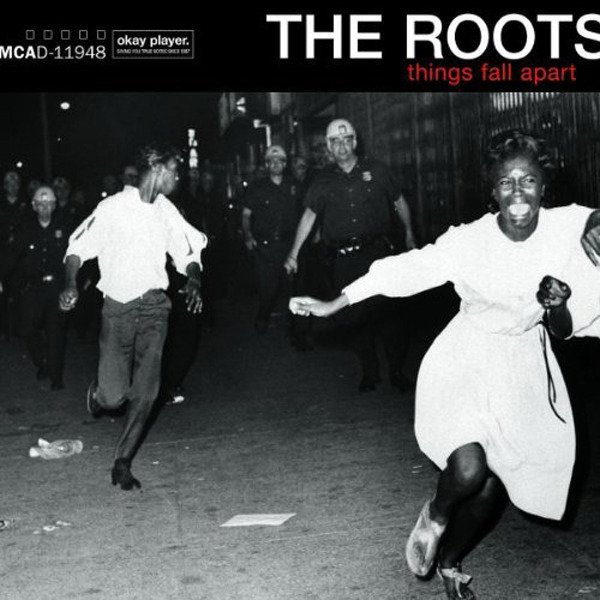
Any budding beatmaker can cut up a jazz record and layer some drums to form a beat, but the greats have a certain clairvoyance for assembling magic cuts. The Roots’ “Dynamite!” displays J Dilla’s superhuman ability to manipulate a sample. Jay Dee would test himself on more electronic forms and take manipulating samples to warped extremes on Donuts, but “Dynamite!” reflects the cosier sounds that he made his name on as one-third of Slum Village. A choppy little jazz guitar riff forms the base of this smooth ditty, with Black Thought and guest Rehani Sayed evoking Five Percenter doctrine.
Madlib – Stepping Into Tomorrow
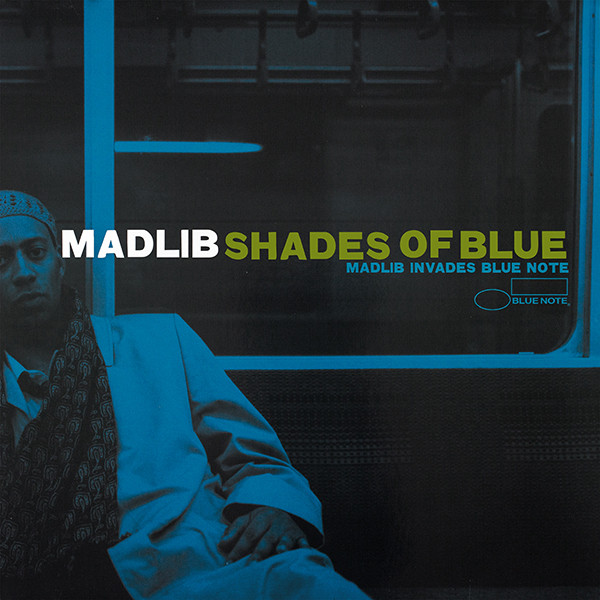
Blue Note Records did a humanitarian thing when it opened its archives to superhuman wax-skinner Madlib. His album Shades of Blue remixes selected cuts from the label’s history, giving them a distinctly hip-hop bent. “Stepping Into Tomorrow” reworks Donald Byrd’s song of the same name. The source material will be instantly recognisable to jazz heads, but while the original was a more cosmic journey, Lib flattens the arrangement, transforming the drums and congas into a smooth yet thumping percussion loop, so gorgeous on the ear. From that base, the producer isolates the vocal of one of the female backing singers, her high-pitched wails pulling the whole orchestration towards the heavens.
Joey Bada$$ – FromdaTomb$ feat. Chuck Strangers
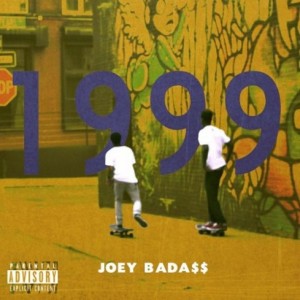
“FromdaTomb$” is taken from 1999, Joey Bada$$’s much loved ode to the golden age New York rap he was too young to truly live through. Produced by Chuck Strangers (who also drops a guest verse), you’d be forgiven for mistaking the sample for a late 1940s jazz cut. Gamers will recognise the music from the soundtrack to LA Noire. Stoned piano keys underpin the track while hazy horns hang in the air. Bada$$ bigs up Brooklyn and asserts he’s “resurrecting boom-bap from the tombs,” just in case anyone was in any doubt.
Tyler, The Creator – Find Your Wings feat. Roy Ayers, Syd & Kali Uchis
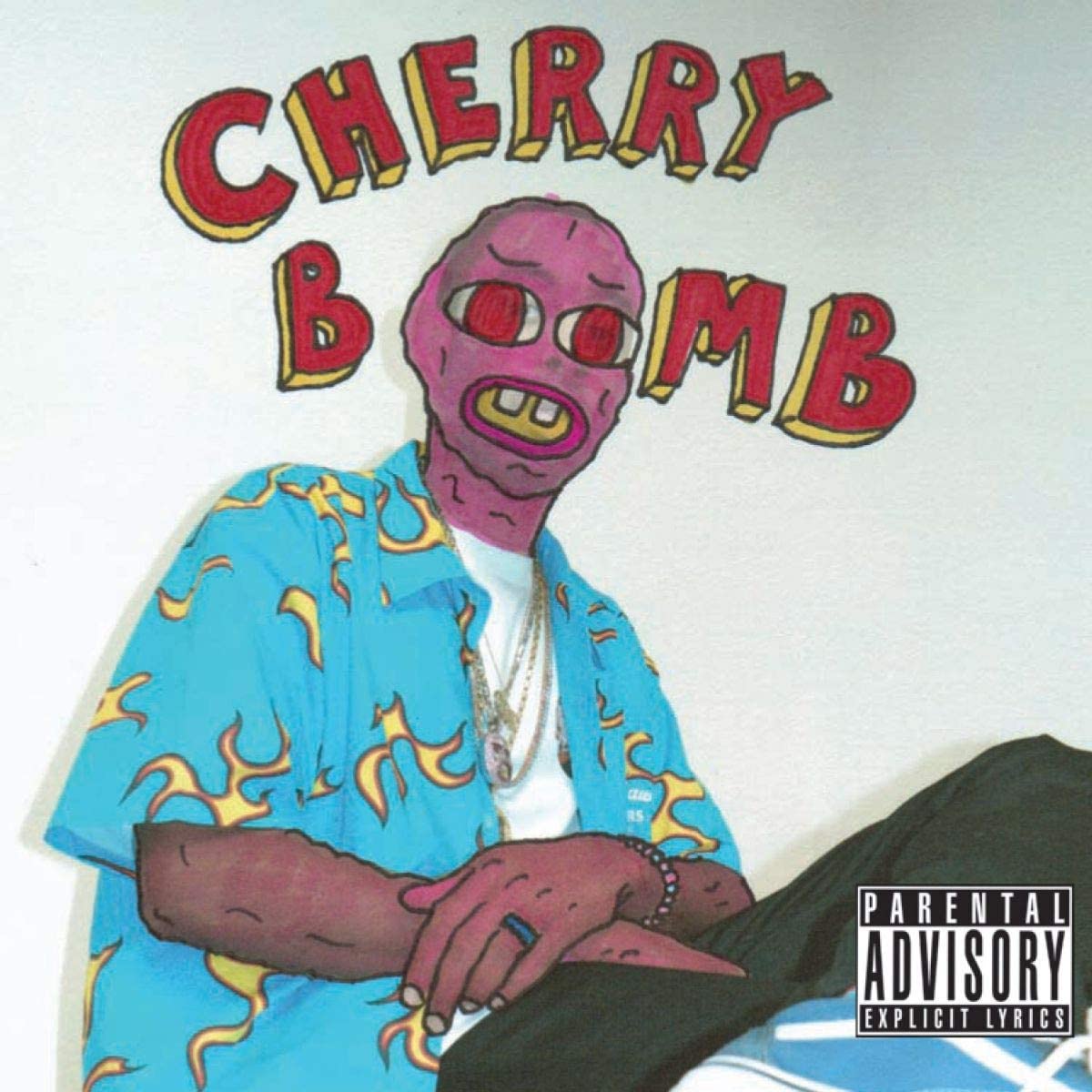
To those not paying attention properly, Tyler, The Creator’s beligerancy on the mic overwhelmed his ability to produce beats featuring lush sunbursts of synth and jazzy chord changes. So to those who recognised the instrumental splendor of his work, a team-up with Roy Ayers made perfect sense. Ayers’ graceful vibraphone sits low in the mix of “Find Your Wings”, playing off against the thick keys and prominent strings as the track runs slowly under a baking hot sun. Kali Uchis and former Odd Future ally Syd are invited along to add to the summertime glory of the track. Once more, it’s easy to see why Ayers will forever be associated with the season.
Kendrick Lamar – For Free? (Interlude)
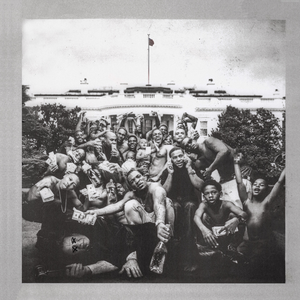
Jazz is an essential adhesive binding Kendrick Lamar’s To Pimp a Butterfly together. The instruments of modern jazz mavericks Terrace Martin, Robert Glasper, Thundercat and others feature throughout the album. On “For Free? (Interlude),” a bebop instrumental featuring crescendoing percussion, freewheeling piano keys, and uninhibited horns tempts Lamar into performing a scatty vocal, more spoken word than rapping, spitting syllables in seven different directions. While most jazz rap sees both genres existing in harmony, this is more the sound of two planets colliding. It’s a moment of celestial chaos but great beauty.
Liv.e – Lessons From My Mistakes…But I Lost Your Number
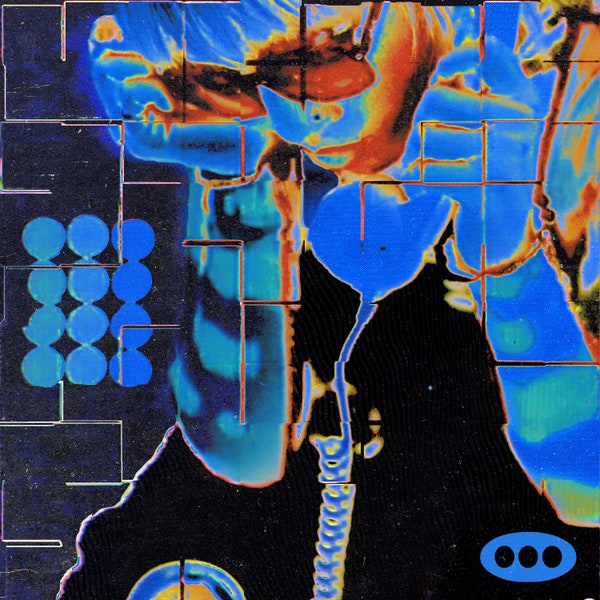
Liv.e (real name Olivia Williams) attended Booker T. Washington High School for the Performing and Visual Arts in Dallas and it’s said that friends in the jazz department influenced her preferred arrangements. Her debut album Couldn’t Wait to Tell You features musicians who perform, record, and then sample themselves. On “Lessons From My Mistakes…But I Lost Your Number,” (Live).e glides over the midnight jazz beat, smoothing switching between gentle rapping and soulful crooning, envisioning a world of 18-hour nights.
Please drink Jameson Black Barrel responsibly. Visit drinkaware.ie

